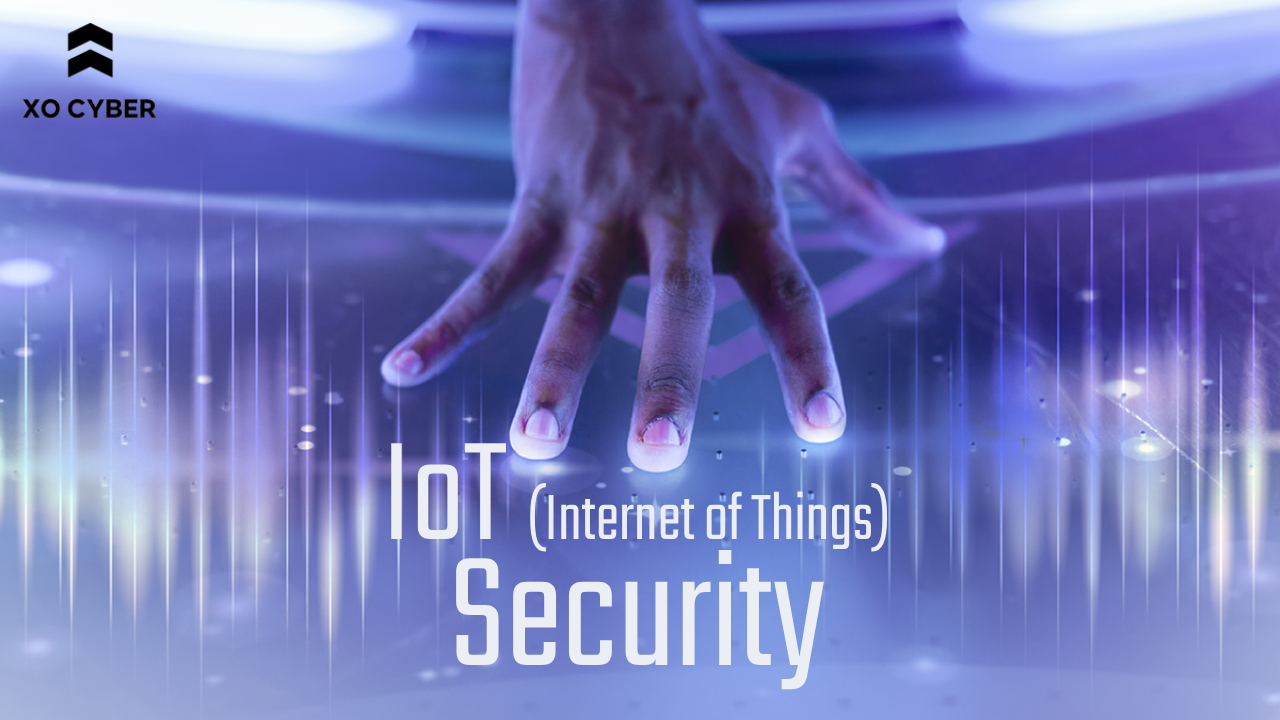
In today’s digital age, the Internet of Things (IoT) has become an integral part of our everyday lives. From smart home devices to industrial machines, IoT technology has opened up a world of possibilities. However, with the convenience and connectivity that IoT offers, there also comes a greater risk to security. As a cyber security service based in Michigan, we understand the importance of protecting IoT devices from potential threats. In this article, we will discuss the significance of IoT security and provide helpful tips to ensure the safety of your devices.
Without proper security measures in place, IoT devices can become entry points for hackers to gain unauthorized access to networks and sensitive information. This can lead to data breaches, privacy violations, and even physical harm in the case of industrial IoT devices. Furthermore, compromised IoT devices can be used for large-scale cyber attacks, causing disruptions to critical infrastructure and services.
The sheer volume of data generated by IoT devices raises concerns about privacy and the potential misuse of sensitive information.
Weak authentication mechanisms may expose devices to unauthorized access, leading to potential security breaches.
The absence of standardized security protocols across IoT devices poses challenges in creating a unified and secure environment.
Physical access to IoT devices can result in tampering, posing risks. Cloud security strategies play a role in mitigating threats arising from physical breaches.
The interconnected nature of IoT devices makes networks susceptible to cyber attacks, compromising the integrity of data transmission.
Implementing end-to-end encryption ensures that data remains secure during transmission and storage.
Strengthening authentication processes with MFA adds an extra layer of security, mitigating the risk of unauthorized access. This proactive measure enhances the overall resilience of network security.
Keeping IoT device firmware and software up to date helps address known vulnerabilities and enhances overall security.
Adhering to established security standards and protocols fosters a more secure and interoperable IoT ecosystem.
Proper management throughout the device lifecycle, including secure provisioning and decommissioning, is vital for maintaining security.
As the complexity of IoT security continues to grow, organizations and individuals can benefit from the expertise of cyber security services. A professional cyber security service can conduct thorough risk assessments, implement tailored security solutions, and provide ongoing monitoring and support to safeguard IoT devices and networks.
At our cyber security firm in Michigan, we specialize in providing comprehensive security solutions for IoT devices. Our team of experts works closely with clients to identify their unique security needs and develop customized strategies to mitigate risks and ensure the safety of their IoT infrastructure.
We offer a range of services including:
Our team conducts thorough assessments of IoT devices and networks to identify potential vulnerabilities and develop a security roadmap.
We work with clients to implement strong encryption, network segmentation, and other security measures to protect IoT devices from potential threats.
Our team provides continuous monitoring of IoT device activity and offers proactive support to address any security issues that may arise.

XO Cyber Security in Brighton, Michigan, is a trusted leader in safeguarding businesses from cyber threats. With expert-led services like Managed Detection and Response (MDR), we provide robust protection for your digital assets.
Phone: 313-312-1550
Email: [email protected]
© Copyright 2007-2024 – All Rights Reserved.
© Copyright 2007-2023 – All Rights Reserved.

XO Cyber Security in Brighton, Michigan, is a trusted leader in safeguarding businesses from cyber threats. With expert-led services like Managed Detection and Response (MDR), we provide robust protection for your digital assets.
Phone: 313-312-1550
Email: [email protected]